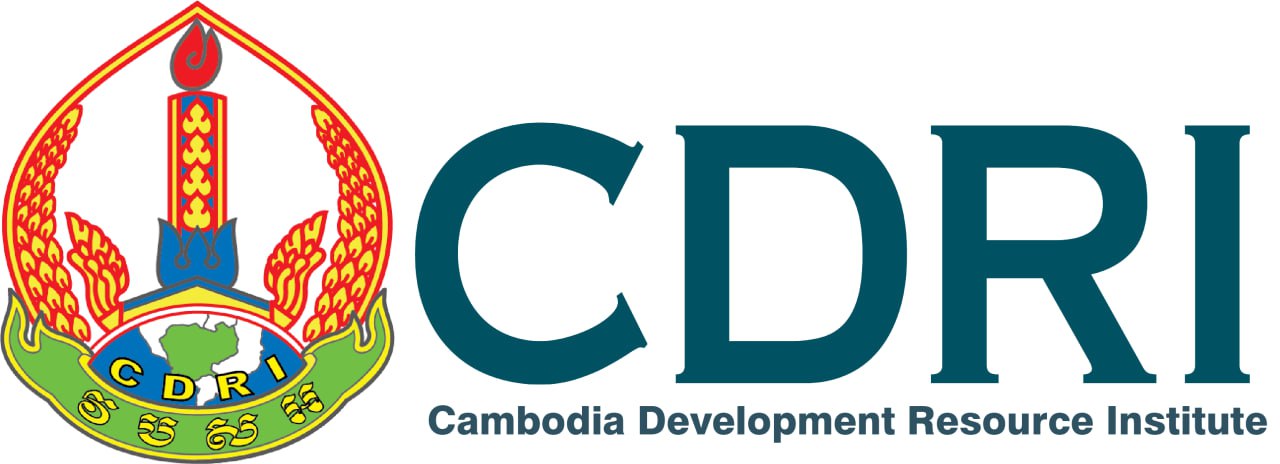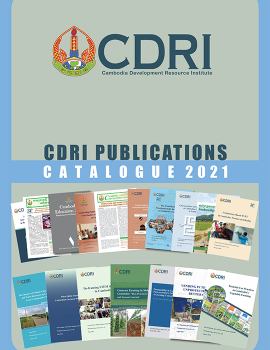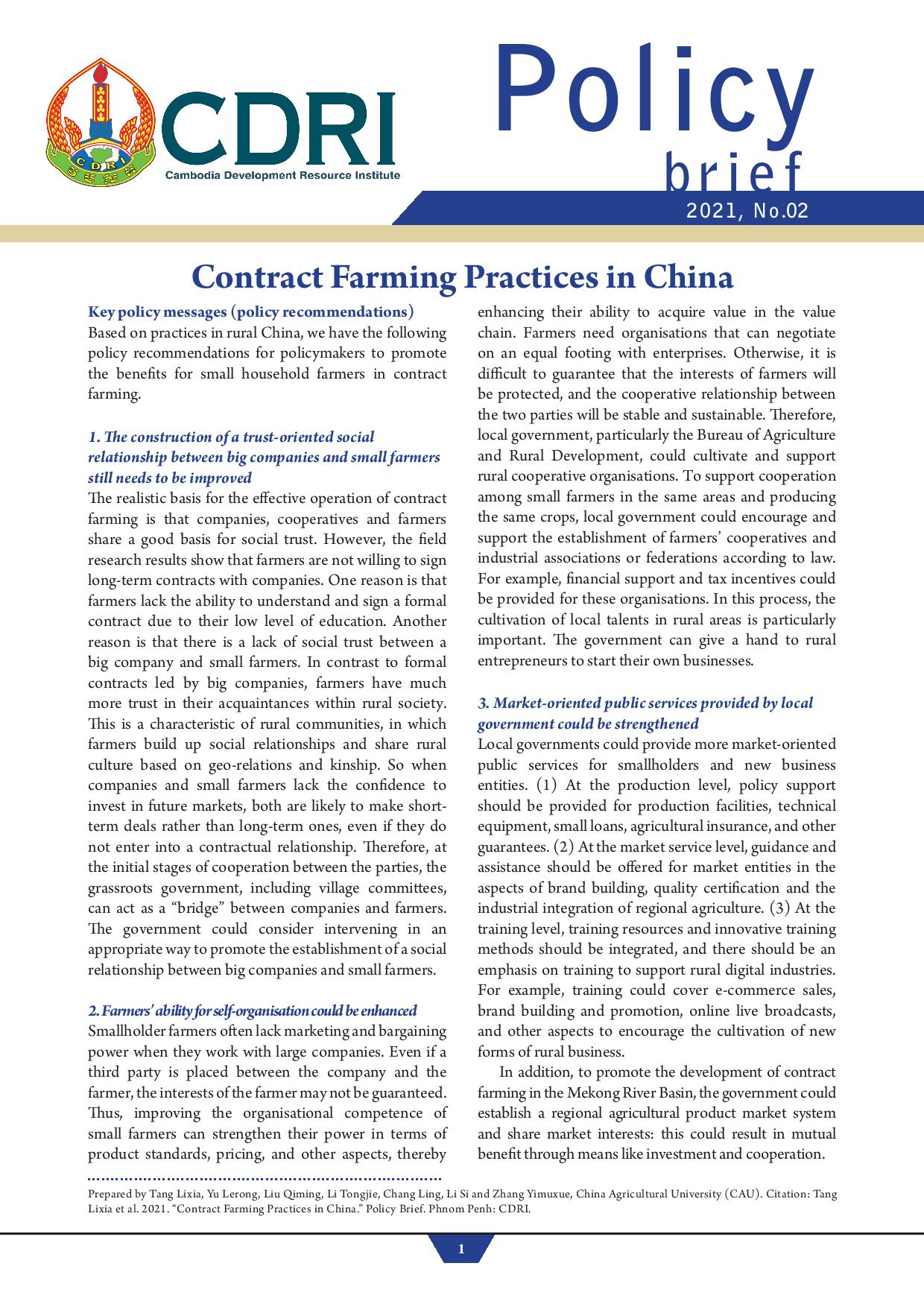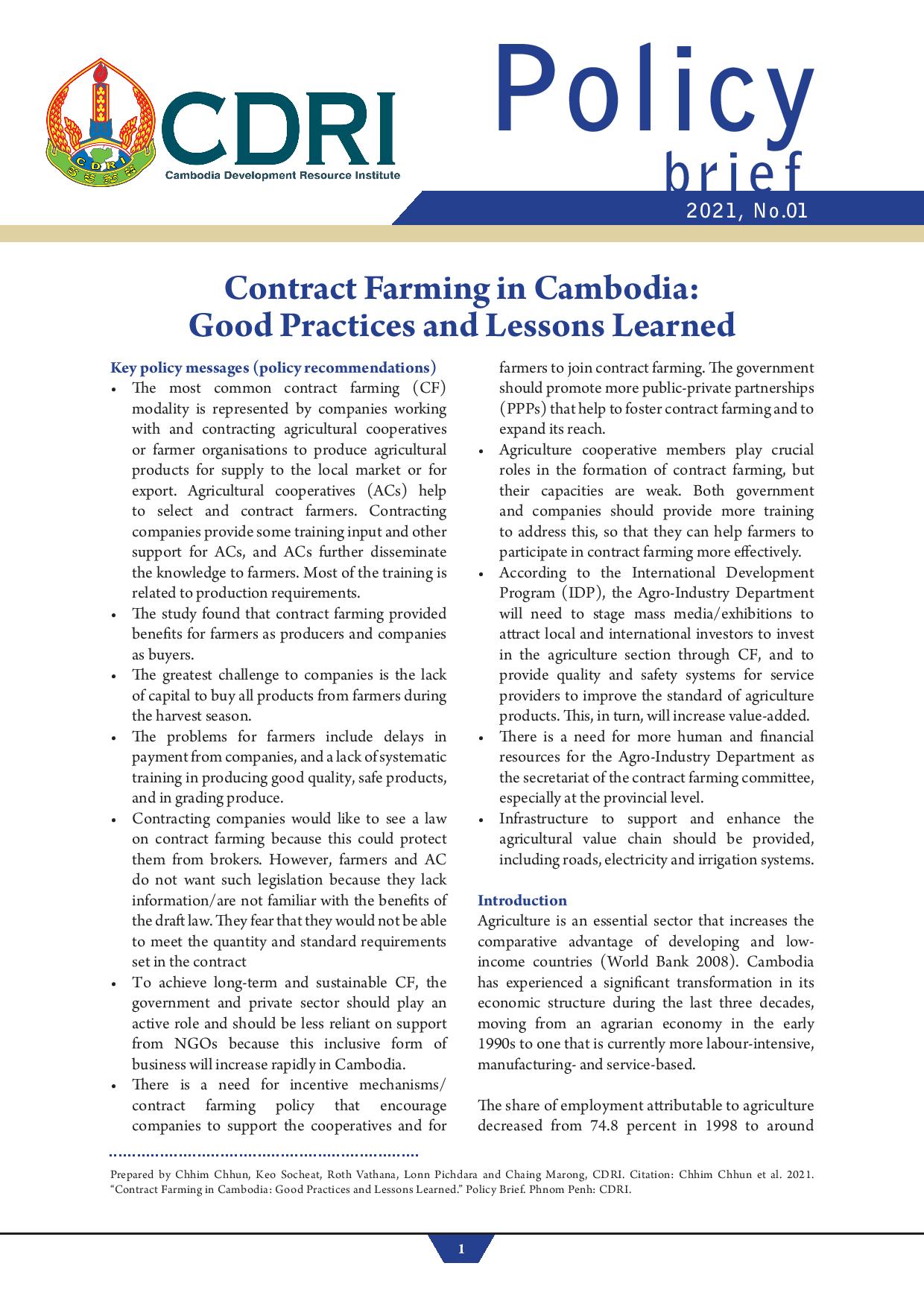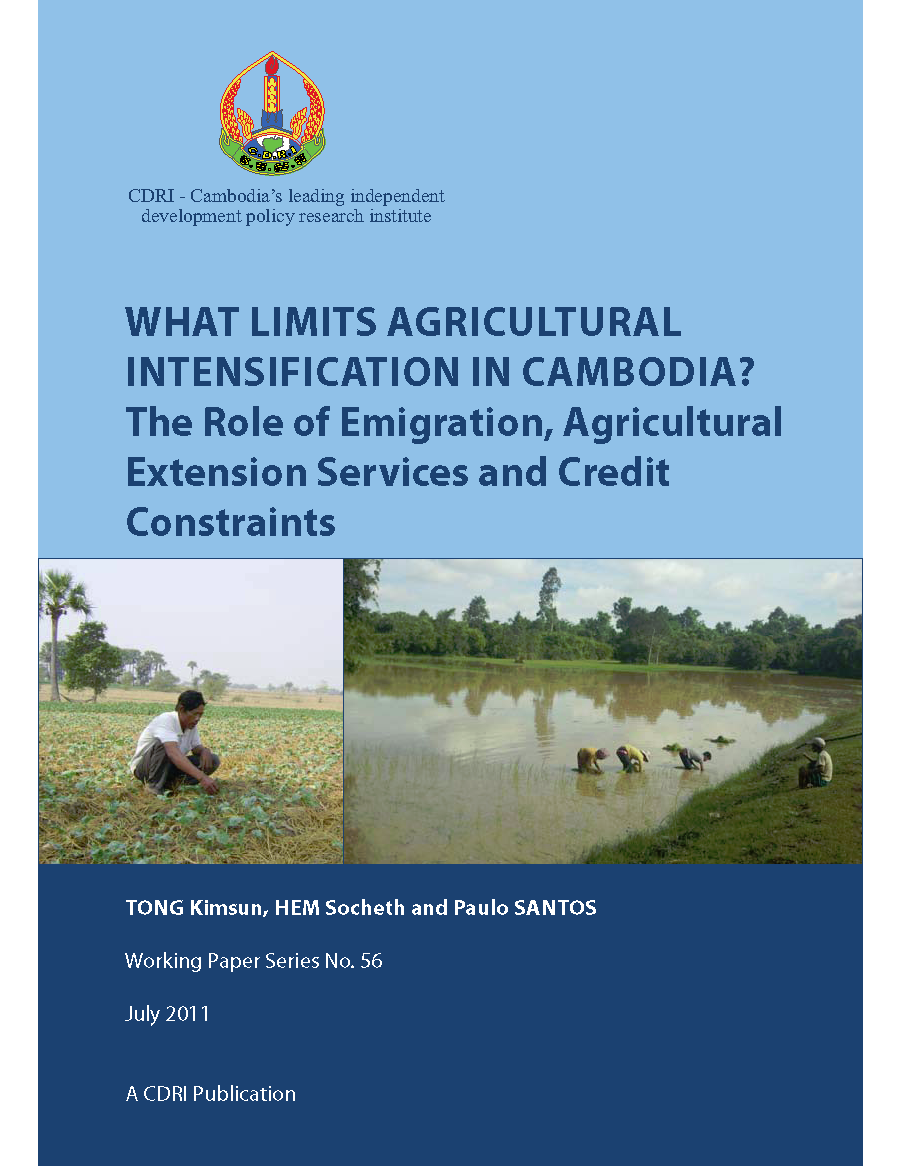
What Limits Agricultural Intensification in Cambodia? The Role of Emigration, Agricultural Extension Services and Credit Constraints
Abstract/Summary
This paper attempts to define the factors which determine
emigration and rice doublecropping, i.e. rice cultivation on the same plot
twice per year, by rural households in Cambodia, and investigates whether these
decisions influence each other using data from a two-period panel survey of 231
households in three provinces in rural Cambodia. In the analysis, we take into
account possible correlation between these decisions (through estimating a
seemingly unrelated bivariate probit model) and unobserved heterogeneity among
farmers (through estimating a random-effects probit model). It is found that
rice double-cropping and emigration decisions are not closely inter-related. We
can also conclude that the availability of water and agricultural land are the
key determinants of rice double-cropping. Households which rely on animal
draught power for agricultural production are unlikely to engage in rice
double-cropping. Policies aimed at increasing irrigation and providing
socioeconomic land concessions in rural areas may play a critical role in
improving agricultural production.
